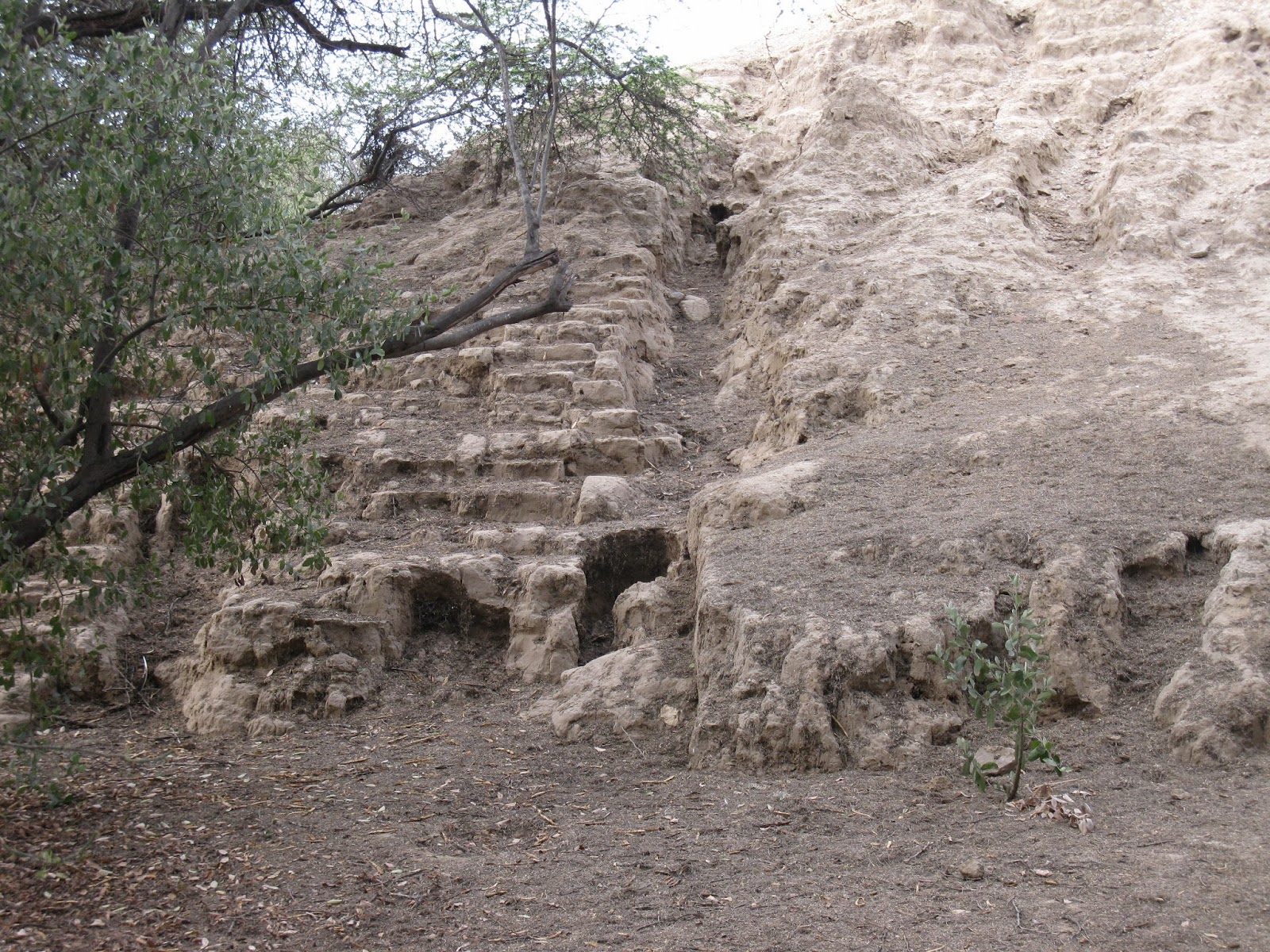
Part I: the North –
Chiclayo and surrounding area
Peru, a country we
traveled from north to south and the Andes in between, leaving only the jungle
unexplored by us. (We had seen the
jungle while in Ecuador, see “We survived the Amazon”) We wanted to visit pre-Inca civilisations,
their architecture, and learn of their culture.
Nowhere is there more of this than in Peru. Mexico and Central America have the Mayans,
Peru and South America have the Incas.
It has been an amazing
journey sailing Limbo from New Orleans to Lima. Not many sailors come this far south, for
several reasons, the primary one being
head winds. Very stubborn, strong head
winds. No one likes to sail an extra
400 miles tacking back and forth just to pull into a port that then charges
them an exorbitant amount of money to enter their country. They also tend to threaten you with fines for
not adhering to particular guidelines made up as they please. Had it not been for the Seven Seas Cruising
Associations liaison, Gonzalo Rivago, we would have been at their mercy. This is not so for land travel or people
entering by plane. There are quite a few
people that leave their boats in Bahia Ecuador and travel by bus or plane to
Peru. The offset to the government
officials is Peru itself. A country
filled with generous friendly people, and lets not forget the food. Do not come here if you are worried about
your waistline.
Peru has
been on my bucket list for quite some time as a place to visit and we both had
dreamed of Macchu Picchu. There is so
much more than Macchu, although that is a highlight. We started our adventures
with a bus trip north of Lima, to the bustling city of Chiclayo. This is primarily a commercial area but also
used by tourist as a staging point to visit the sites of TÙcume, SipÃn,
Lambayeque, and Batan Grande. Chiclayo
also has a central market famed for its section devoted to mercado
de brujos (witches market) selling everything from herbs to whale bones and
the famed San Pedro hallucinogenic cacti.
We arrived rather early
with plenty of time to drop our bags and book a tour. We got lucky with Sipan Tour company for pricing and a private guide with car. We
were able to make our own schedule with sites we wanted to see. We went first to La Pimentel, a small beach community that still uses the
traditional caballitos del mar (made
from totora reeds) boats for their small fishing industry.

Over the next two days we visited the
archaeological sites of SipÃn ,
Sican, Tucume, and the Bosque de Pomac a
dry forest, as well as the Museo de las Tumbas Reales de SipÃn and Museo
Nacional de SicÃn and Museo de
Sitio. Tùcume is also known as the
valley of the Pyramids with over 26 adobe mounds to walk to. The dry windy conditions and earthquakes, has
left many of these structures looking like large mounds of packed dirt with
some crevices and remnants of steps.
Looking closely, bricks could be seen, imaginary rooms with walls, etc. Much to learn, some quite confusing as to who
conquered who and when. The cultural
differences seem to be in their ceramics, religious idols, crafts and burial preferences. Some were buried laying down, some sitting
up. All seem to be buried with their
possessions to take into the after life.
The area was first inhabited by the Mochica where the Temple of SipÃn
was the main burial pyramid for the nobles, then SicÃn who built in the BatÃn
Grande area abandoning it after a disastrous rain in 1100 AD. They then moved to
Tûcume. Then came the Chimu people, the
Inca, and then the Colonial period. I
think this is the order of it. A few
references, three museums, and one guide
have a little different story for each.
They all furthered civilization
with textiles, ceramics, metallurgy, agriculture, and boat building techniques
we continue to learn from and build on. Of
the area we saw, I believe the dry forest was my favorite.

 |
| noble found buried sitting upright with his wife, concubines, child and 2 guards |
Burial Note: When the husband dies, his wife and his concubines are sacrificed and buried with him. If the child is under 14 years of age, they too are sacrificed and buried. The guards are also killed and their feet cut off so they have to stay to protect the tomb for all eternity. Our guide, Arturo said they were given juice from the San Pedro Cacti and then killed.

 |
 |
| fallen bridge |
We spent three days
touring the area and went to continue our way to Trujillo. While waiting in line for a bus ticket, my
backpack was stolen, in it my clothes, computer, planner, guide book, and my
travel diary. Yes, I know a few
paragraphs back I said what a wonderful people the Peruvians are. They are. I don’t want to sully mine or your view with
one bad incident. However, with no
clothes, we returned to Lima to regroup and replace things I needed.
Continued
Part II




No comments:
Post a Comment